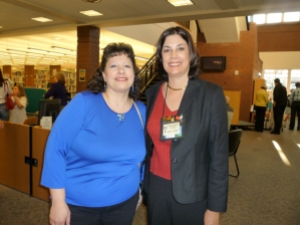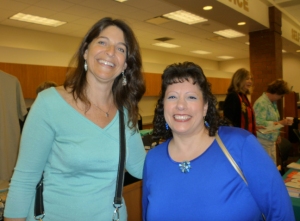Today’s global communications allow for more ease of research than in the past. I’m writing a scene that takes place in an Asian fortress. Through a search on the Internet, I found the perfect model for my citadel. I moved it to a Pacific island where my characters have crash landed their airplane. They plan to scout the premises but are captured by the bad guys.
The soldiers march Paz and Jen to the fortress, which I’ve renamed Shirajo Manor. But now what? Thanks to images on the Internet, I can take a virtual tour of my model palace. So I look at them slide by slide, and describe the scene as I go. You can follow the tour here, too: http://www.himeji-castle.gr.jp/index/English/
Isn’t that cool? I can picture this place now, rife with winding paths, maze-like manicured grounds, medieval gates, and stone stairways. I can see the shady trees overhanging the paths. I can go inside and walk down the long corridors lined with heavy wood doors, imagining my injured hero locked inside one of the rooms while the heroine is dragged away to see the evil commandant, General Morar.
This brings up the next problem: How do they escape? Paz and Jen are separated. Our hero gets locked in a dungeon. Jen is given to the general’s wife, a scientist who conducts experiments on humans. How will she escape and find Paz? How will they pass through the successive gates guarded by armed troops, choose the right paths designed to confound invaders, and reach the exit?
Worry about it later, as my heroine in Book One of this paranormal series says. And so I shall, unless YOU give me a clue as to how these characters can escape?






























